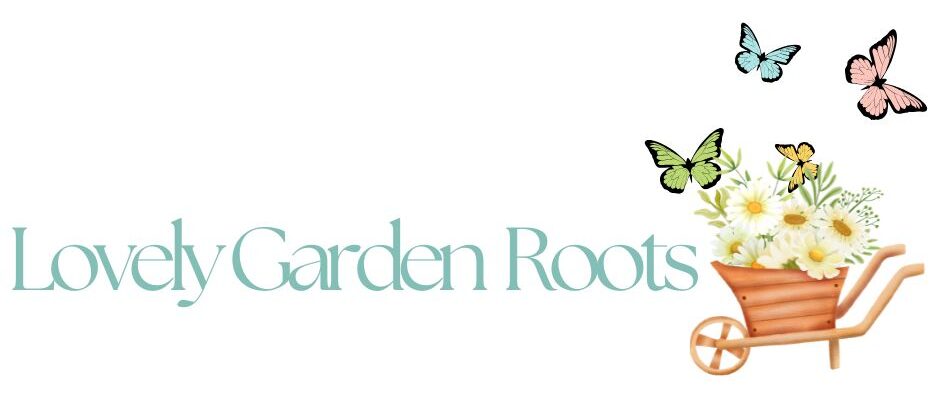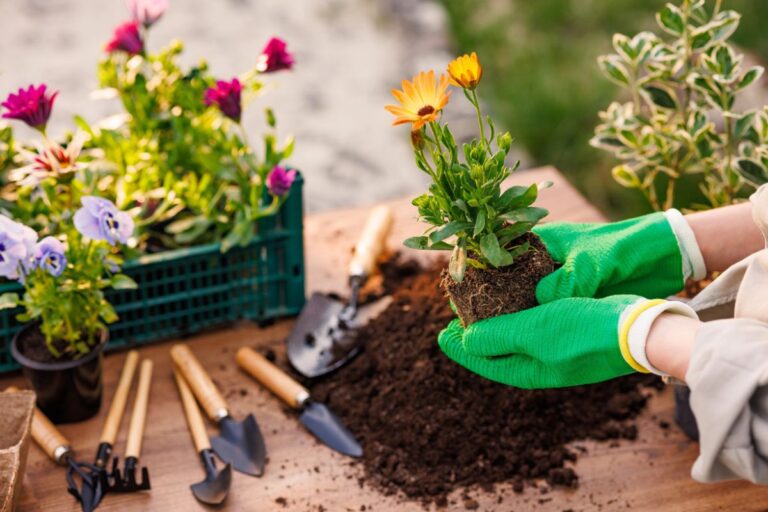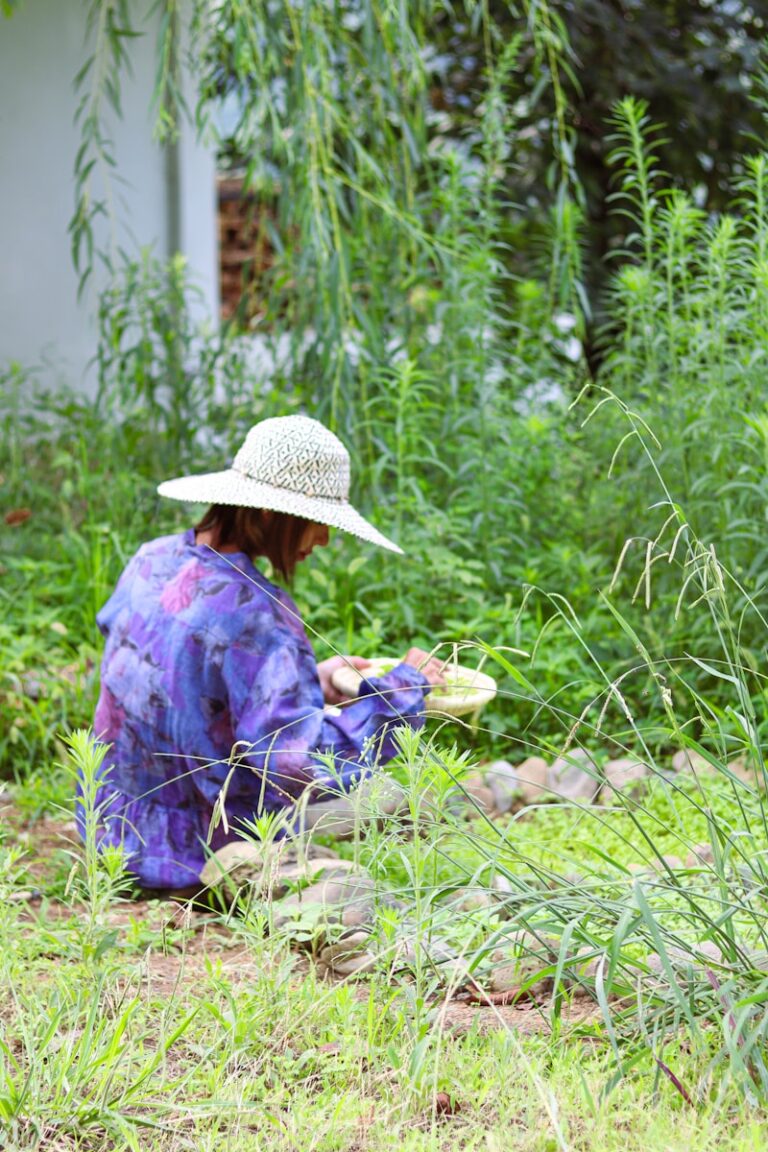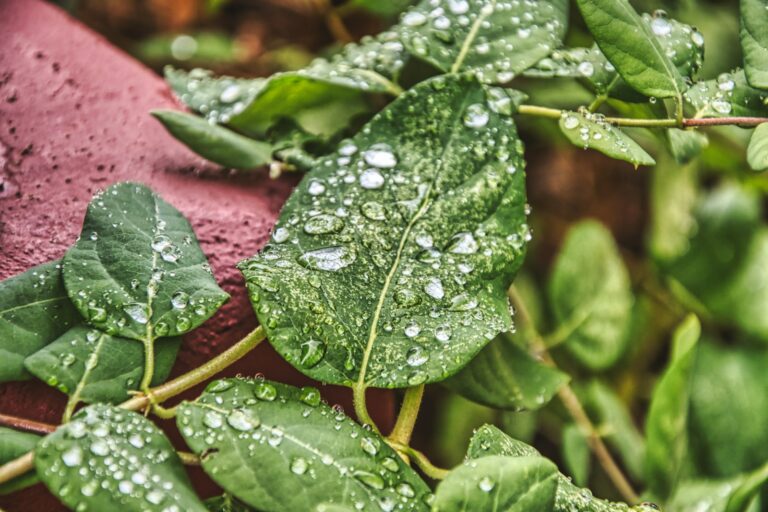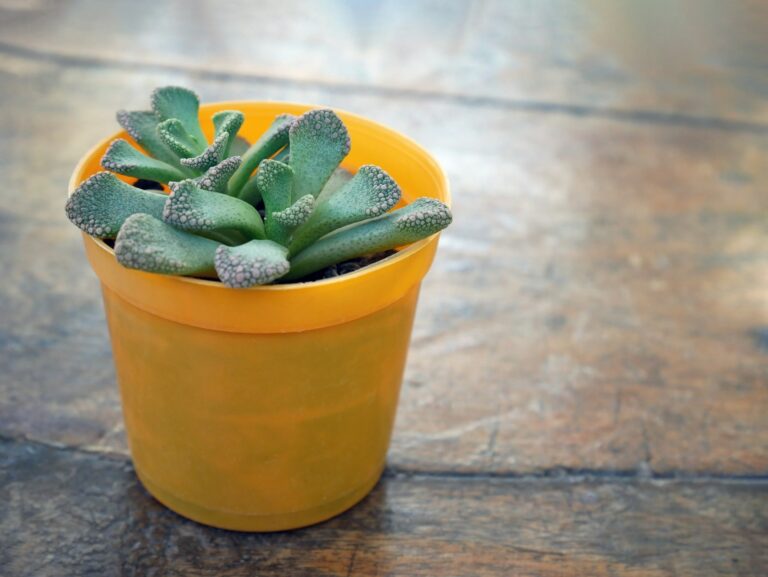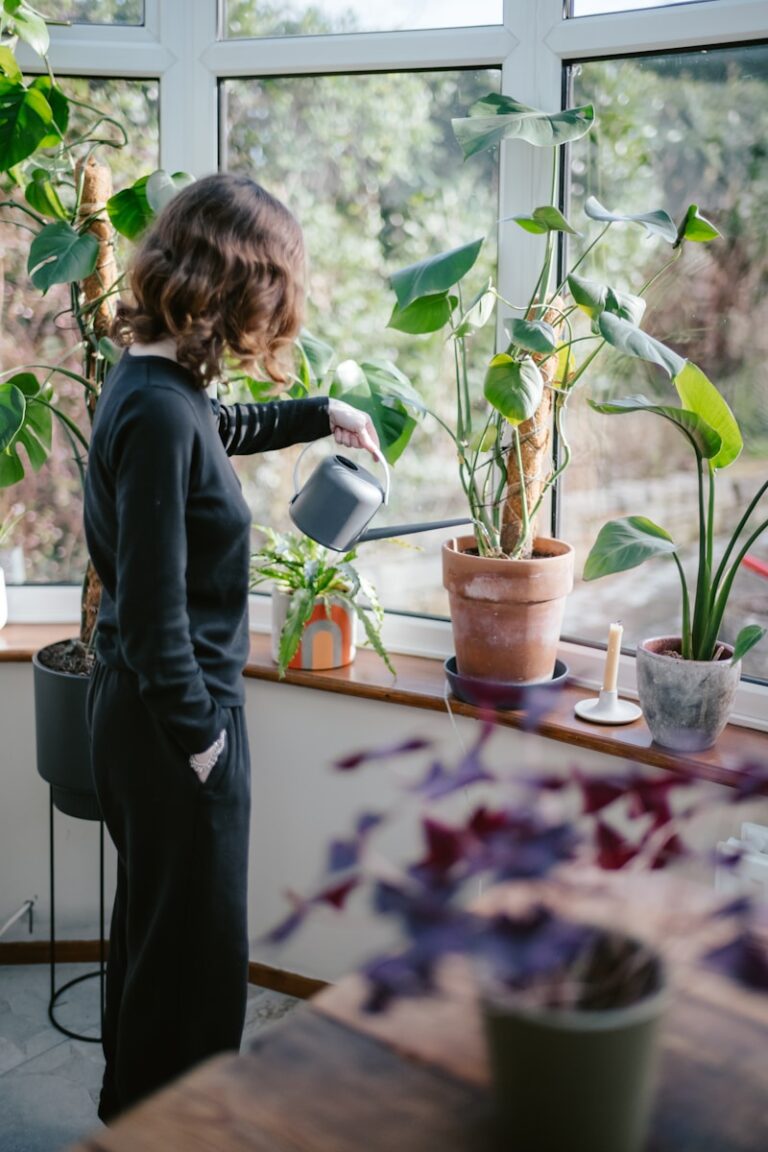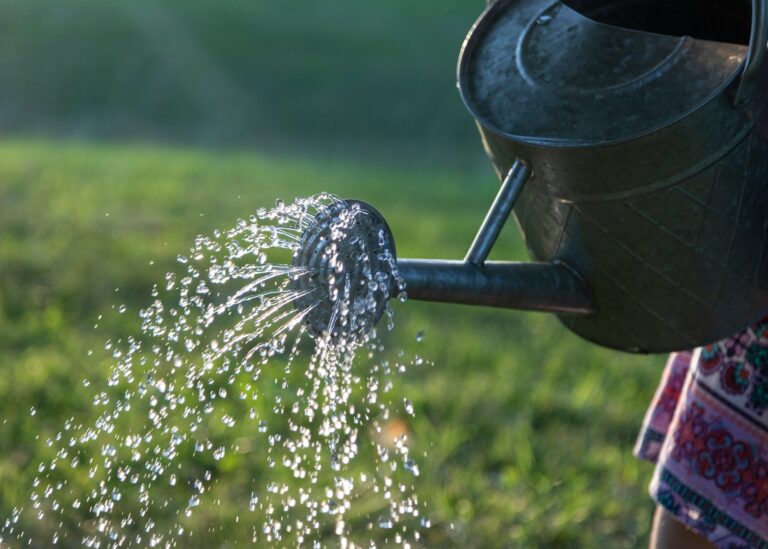Gardening Terms Every Beginner Should Know to Start Your Green Journey Easily
Gardening can feel overwhelming when you’re just starting out, especially with so many unfamiliar terms being thrown around. Understanding the language of gardening makes it easier to follow instructions, plan your garden, and care for your plants confidently.
Knowing key gardening terms helps you make better choices and enjoy your gardening experience more. Whether you’re planting flowers, growing vegetables, or just exploring, this guide will help you get comfortable with the basics.
Perennial
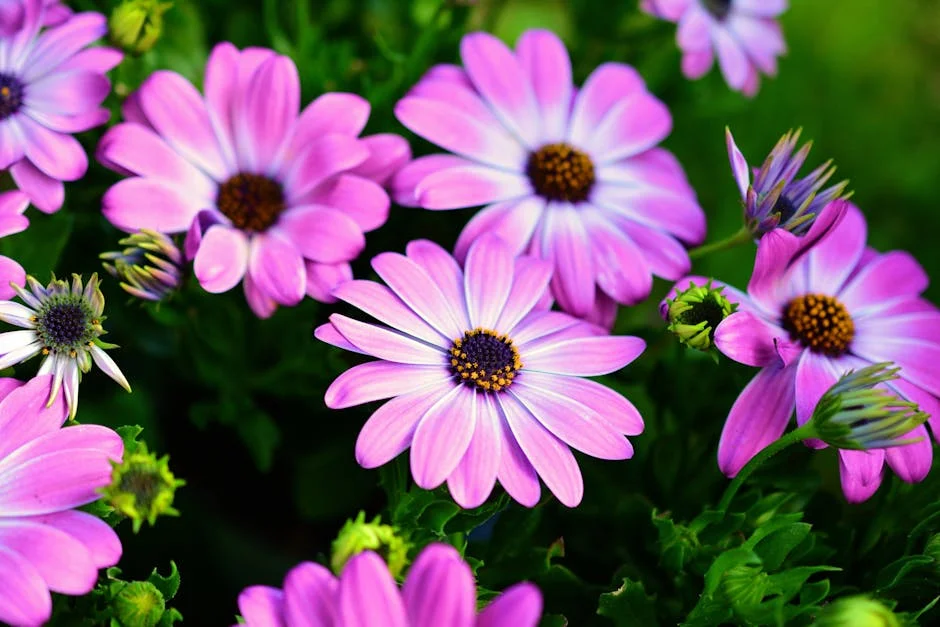
A perennial is a plant that lives for more than two years. You’ll notice that perennials come back every growing season, usually flowering once a year.
During colder months, these plants might go dormant, but don’t worry—they’ll reappear when conditions improve.
Perennials are a great choice if you want plants that don’t need replanting every year. They often require less maintenance than annuals, making your gardening routine easier.
Annual
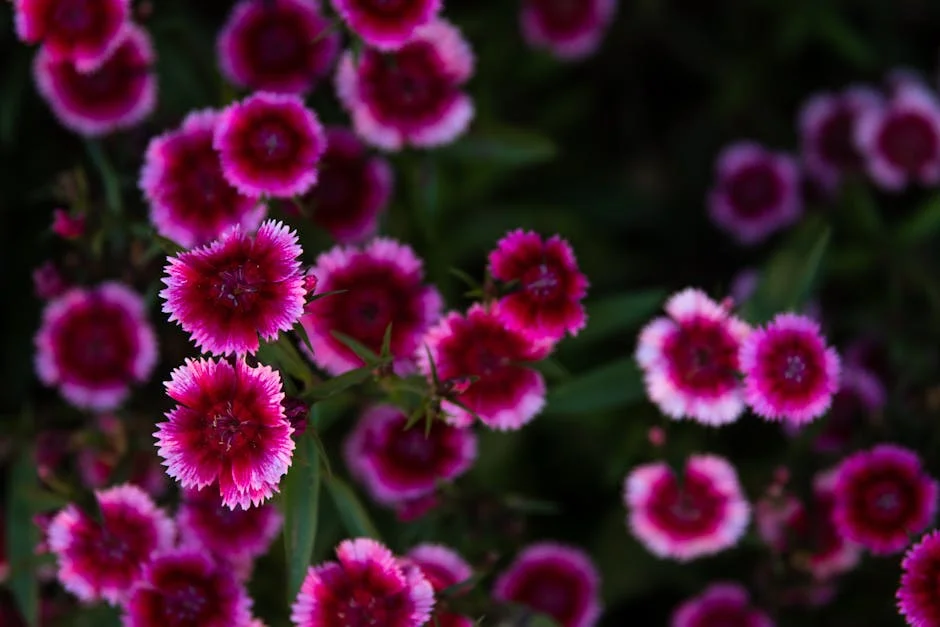
An annual plant completes its entire life cycle in one growing season. This means it grows from seed, blooms, produces seeds, and then dies all within a single year.
You’ll often find annuals used to add quick bursts of color to your garden. Because they don’t come back after winter, you’ll need to plant new ones each year.
Annuals are great if you want to change your garden’s look frequently. They are usually fast-growing and can fill empty spaces quickly, giving your garden an instant boost.
Deadheading
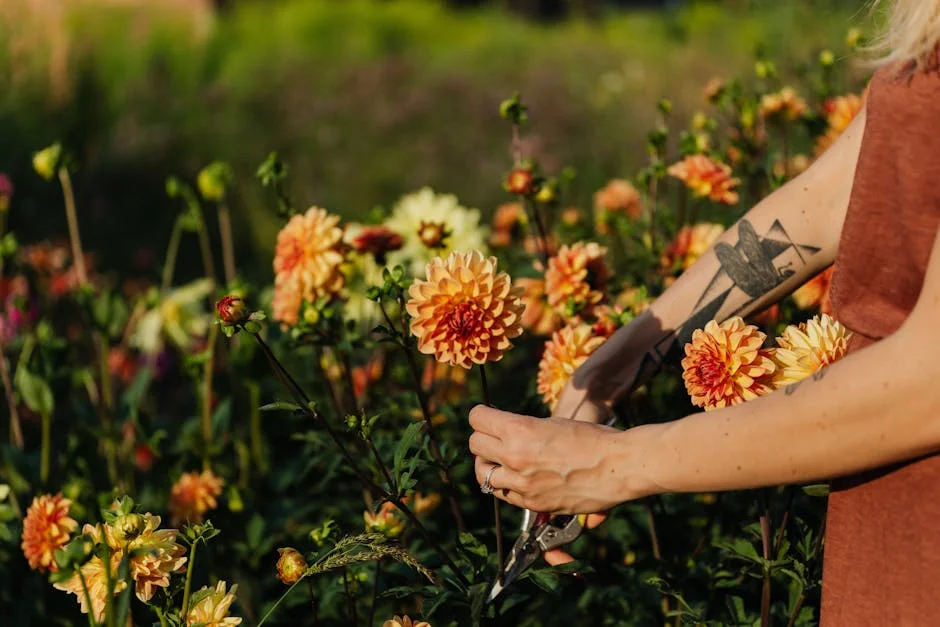
Deadheading means removing spent or fading flowers from your plants. This simple step helps keep your garden looking neat and healthy.
When you deadhead, you encourage your plants to produce more blooms. Removing old flowers prevents the plant from putting energy into seed production.
You can use your fingers or garden shears to snip off the dead flowers. Doing this regularly helps your plants stay vibrant throughout the growing season.
Propagation
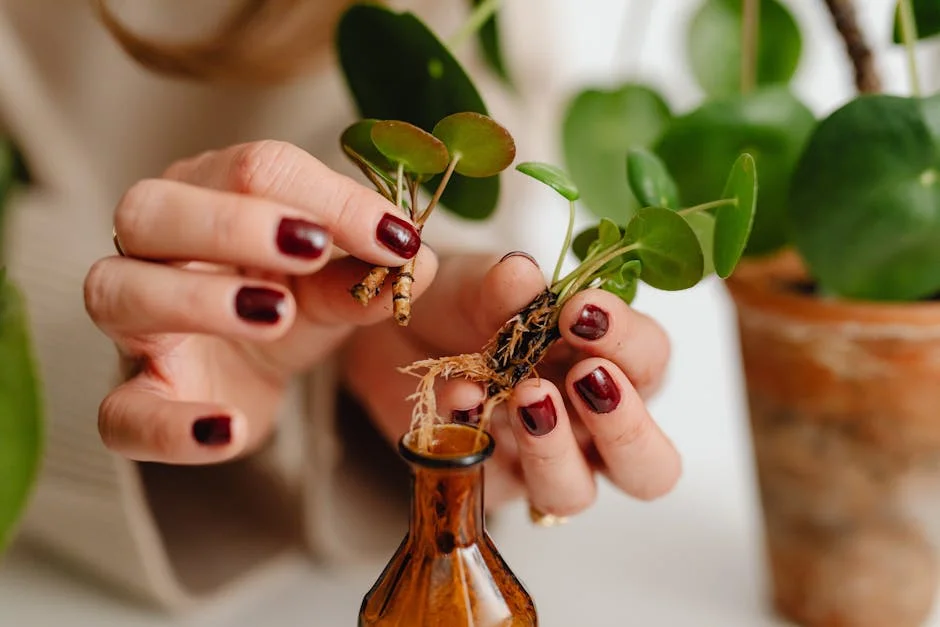
Propagation is how you create new plants from existing ones. It’s a useful skill that helps you grow your garden without buying seeds or plants repeatedly.
You can propagate using seeds, cuttings, or dividing roots. Each method is great for different types of plants.
Starting with cuttings is often easiest—just snip a healthy piece of the plant and encourage it to grow roots. With a little care, you can multiply your plants and fill your garden with greenery.
Propagation lets you experiment and learn more about plant growth too. It’s a simple way to expand your garden and make the most out of your plants.
Soil pH
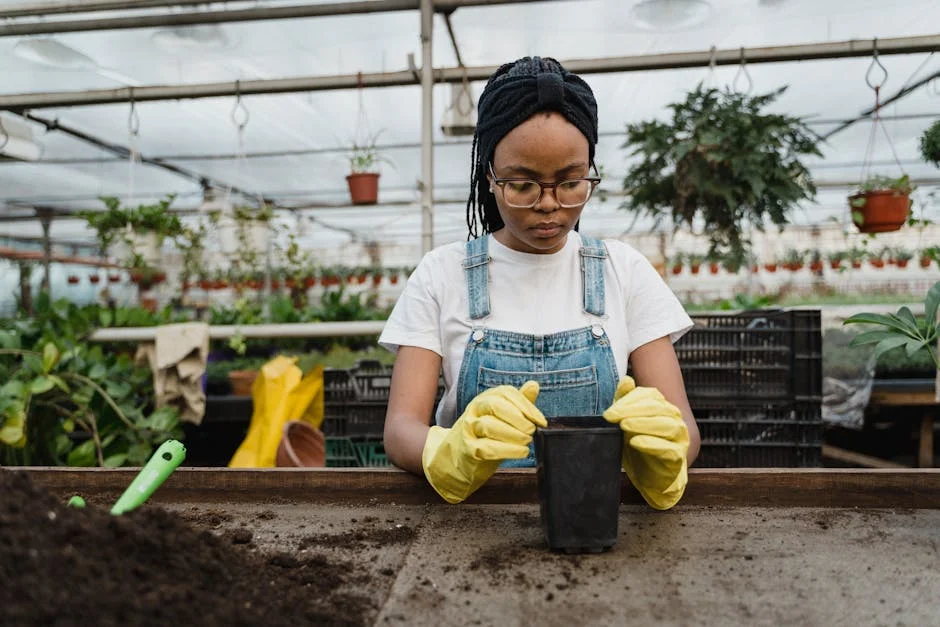
Soil pH measures how acidic or alkaline your garden soil is. It affects how well plants absorb nutrients, which impacts their growth.
A pH of 7 is neutral. Values below 7 are acidic, and above 7 are alkaline. Most plants thrive in slightly acidic soil, around 6 to 6.5.
You can test your soil’s pH using a kit or a meter from a garden store. Adjusting the pH helps create the best environment for your plants to grow healthy and strong.
Germination
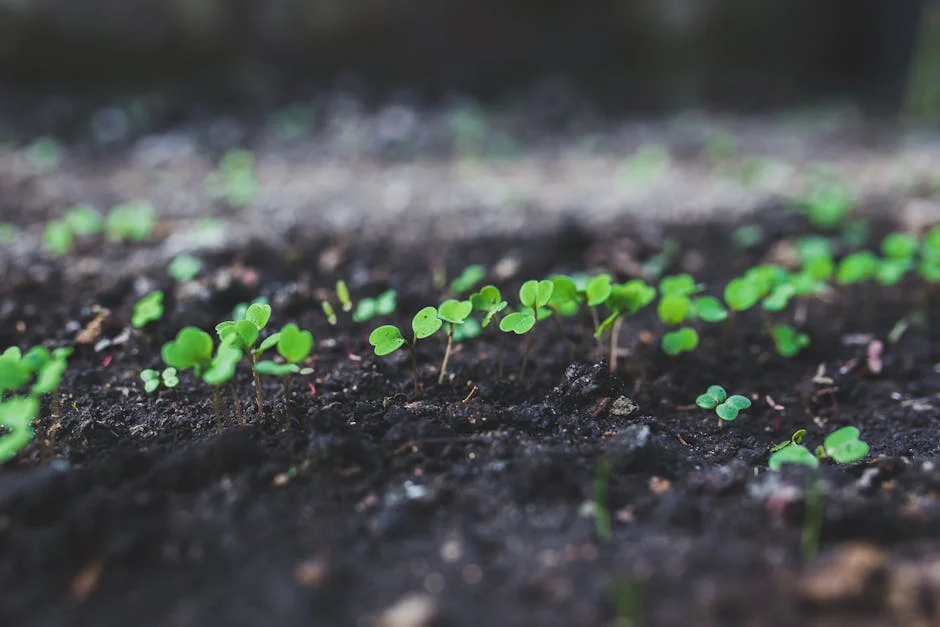
Germination is the process where a seed starts to grow into a new plant. It begins when the seed absorbs water and swells, breaking through its outer shell.
You’ll notice a tiny root first, followed by a shoot pushing upward. This stage is crucial because it sets the foundation for your plant’s growth.
To encourage germination, keep your seeds moist and at the right temperature. Each plant may have its own preferences, so check the seed packet for specific instructions.
Understanding germination helps you support your seeds during their most delicate phase, giving your garden a strong start.
Pruning
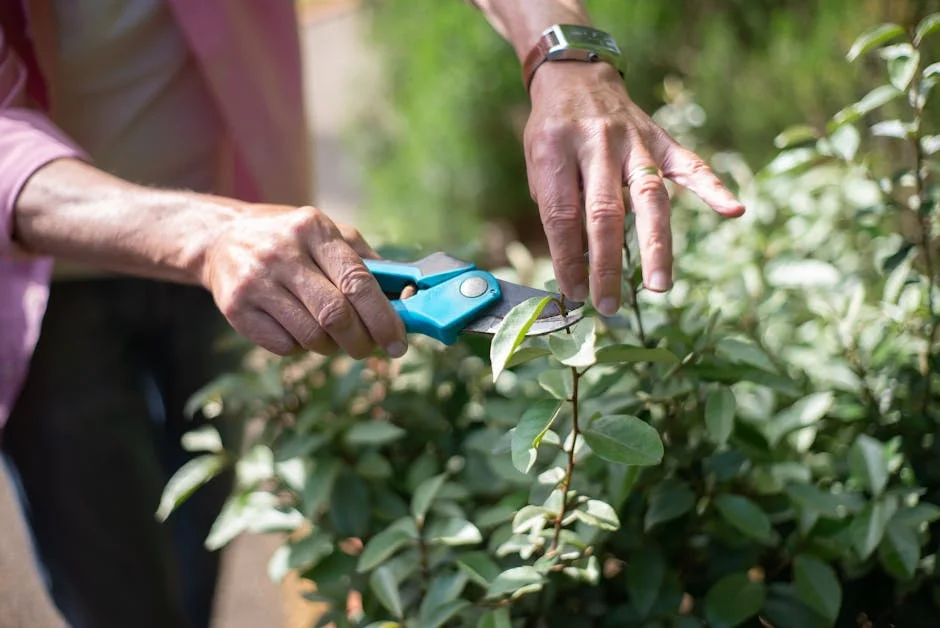
Pruning means cutting away dead, damaged, or unwanted parts of your plants. It helps keep them healthy and encourages new growth.
When you prune, you shape your plants by trimming branches or stems. This can lead to more flowers or fruit, depending on the plant.
Don’t worry if you’re new to pruning. Start by removing any obvious dead parts, then learn the specific needs of your plants over time. Good pruning tools and a little practice make it easier.
Mulching
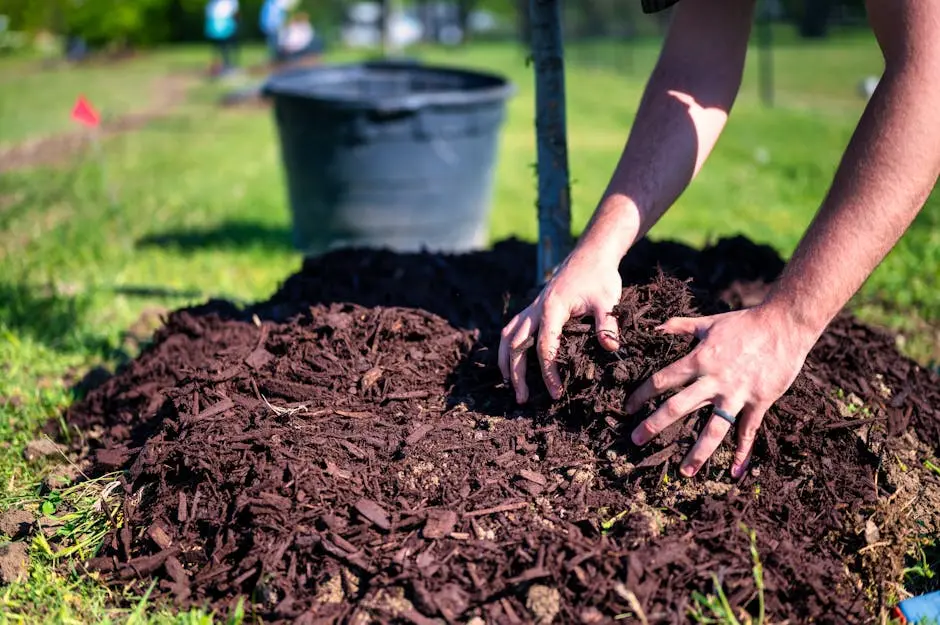
Mulching means covering the soil around your plants with materials like wood chips, leaves, or compost. It helps keep the soil moist and cool.
By adding mulch, you reduce weed growth, so you won’t spend as much time pulling weeds. Mulch can also prevent soil erosion during heavy rain.
You can use organic mulches that break down over time and improve soil health. Be sure to spread mulch evenly and avoid piling it against plant stems to keep your garden healthy.
Crop Rotation
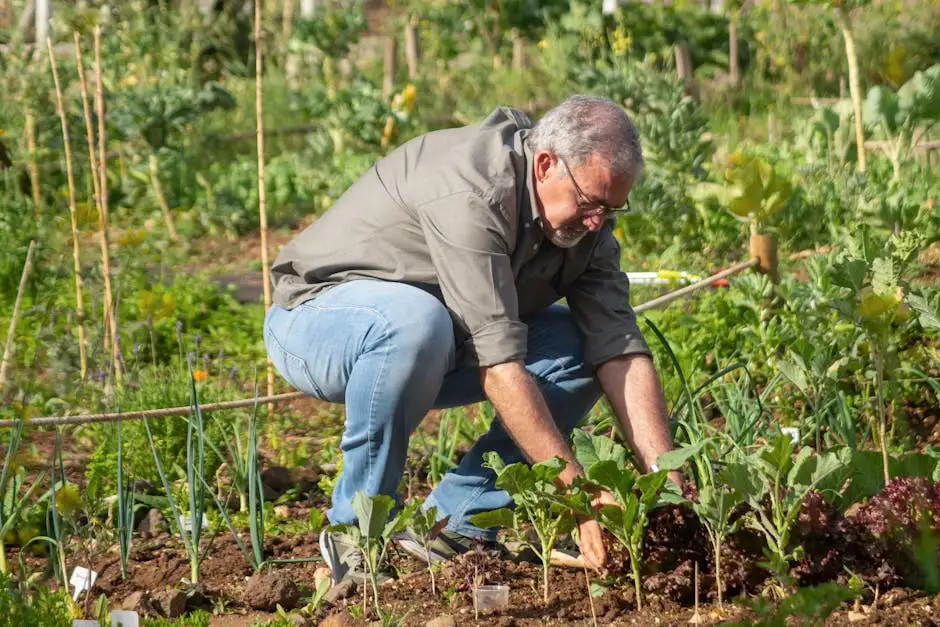
Crop rotation is a simple way to keep your garden soil healthy. You grow different types of plants in the same spot each season instead of planting the same crop repeatedly.
This helps prevent pests and diseases from building up in the soil. It also stops your soil from losing too many nutrients, so your plants stay strong.
To get started, group your plants by family and rotate these groups each year. This practice can make your garden more productive and easier to manage over time.
Compost
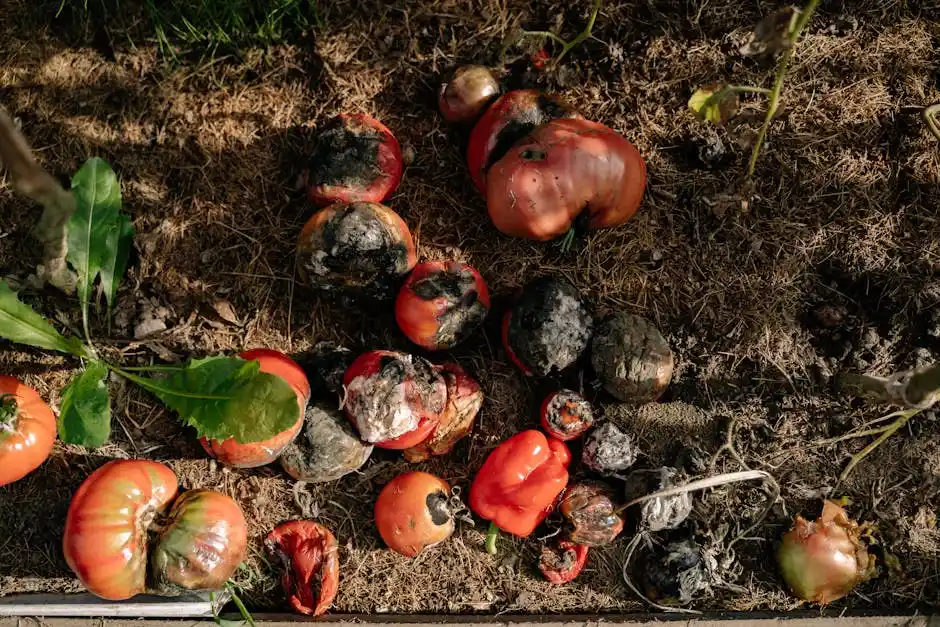
Compost is a mix of organic materials like kitchen scraps and yard waste that break down into nutrient-rich soil. It helps improve your garden’s soil health by adding essential nutrients and improving water retention.
You don’t need fancy tools to start composting. Just balance green materials (like vegetable peels) with brown materials (like dry leaves) to keep your compost healthy.
Turning your pile regularly speeds up decomposition and prevents bad smells. With a little practice, you’ll create great compost that supports strong, healthy plants.
